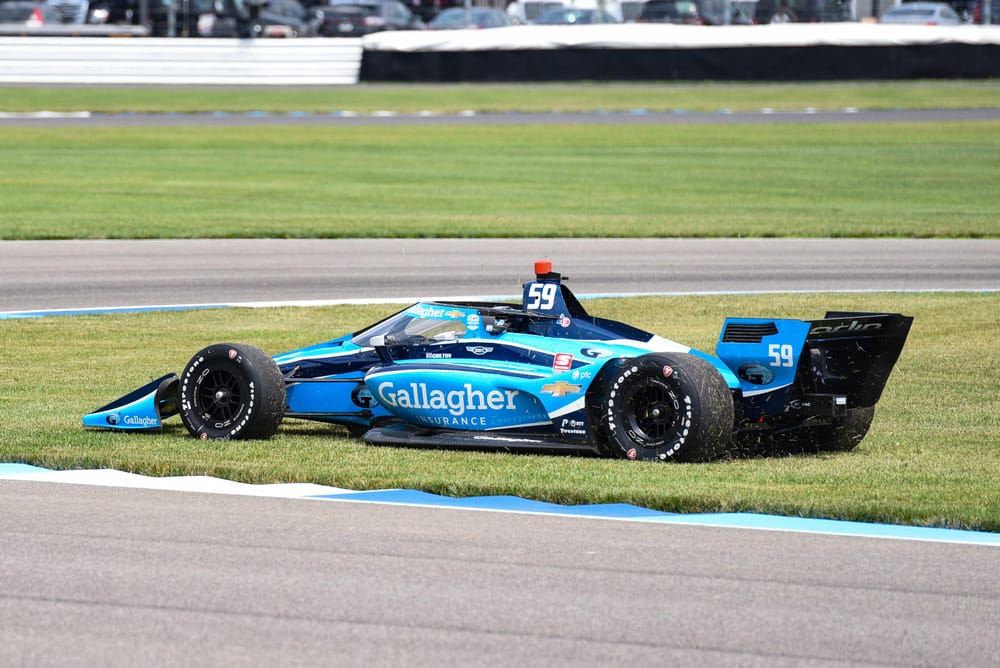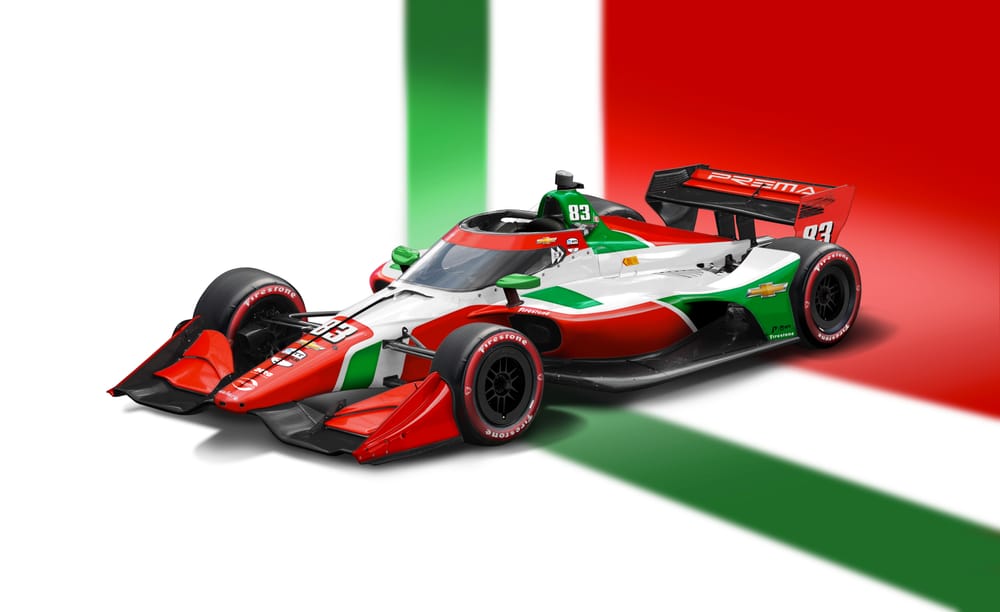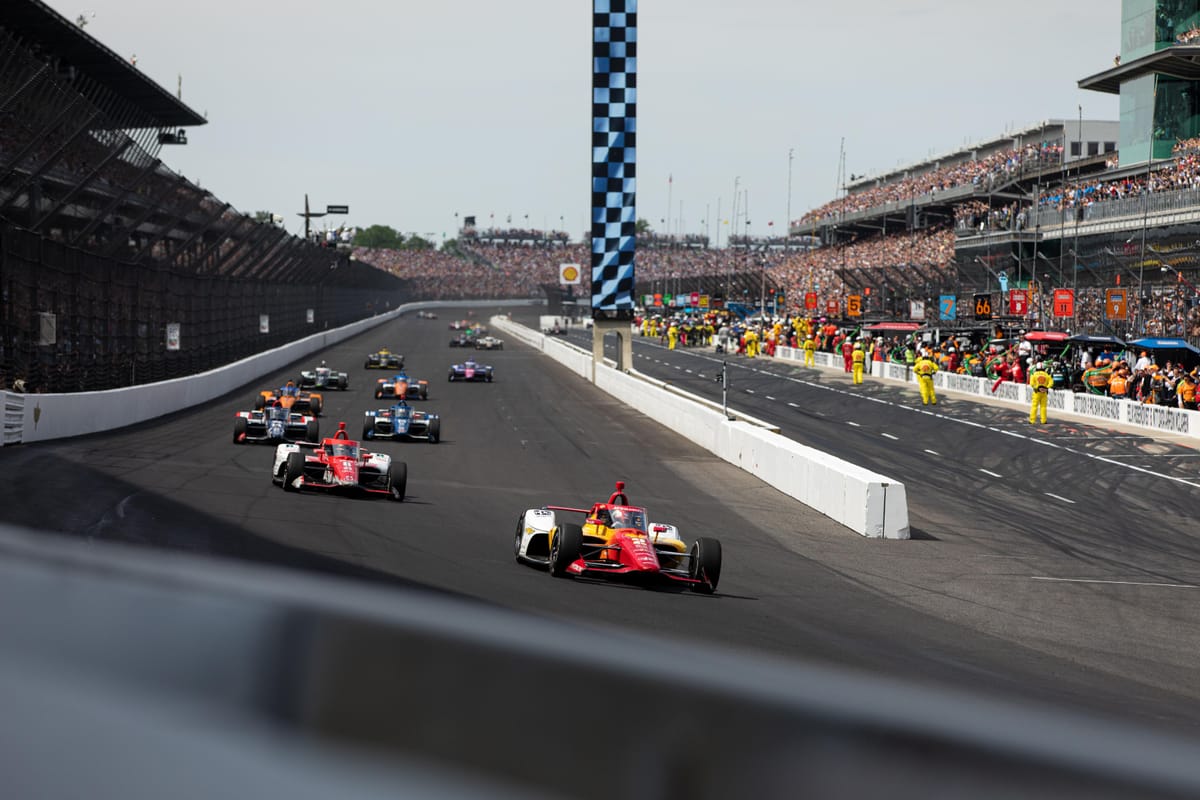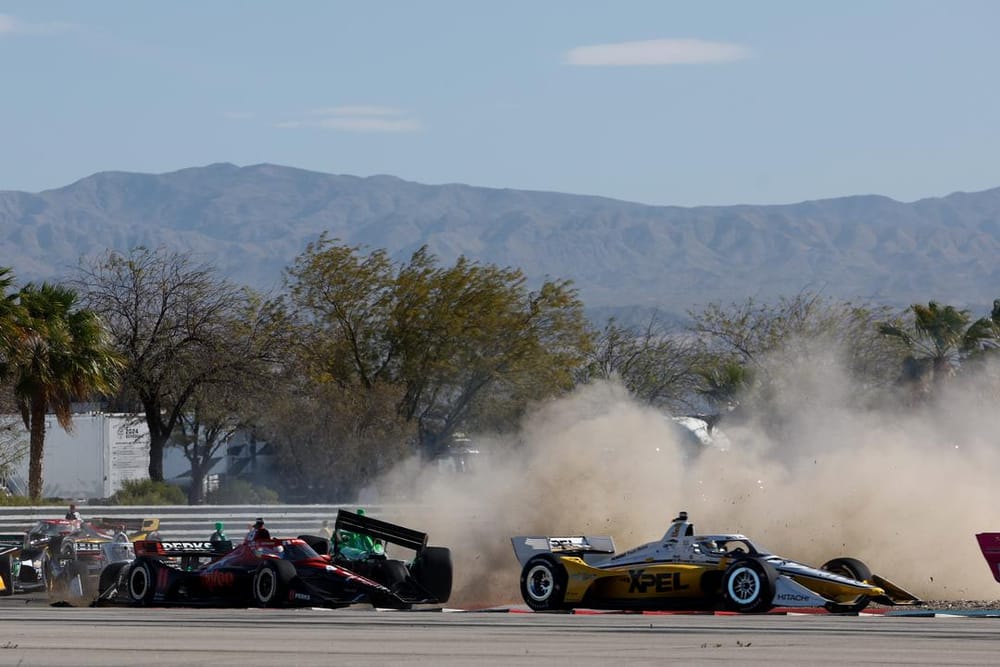Prema’s new IndyCar team comes with a word of warning that establishing a top programme in America is no easy feat.
In the purest sense of the word, Carlin’s foray into American single-seaters was a failure - as it no longer exists in IndyCar or Indy Lights. Indeed, since it left IndyCar at the end of 2021, it has undergone plenty of change even down to its name, as it is now Rodin Motorsports. Trevor Carlin has seemingly been ousted from the team he founded in 1996 and his wife Stephanie - who was integral to the team’s operations - has moved to a new job within McLaren.
Carlin’s IndyCar foray might be a distant memory for some, but it was still competing in the series as recently as two and a half years ago.
It first joined the Indy Lights field in 2015, where it won the title in just its second season with Ed Jones.
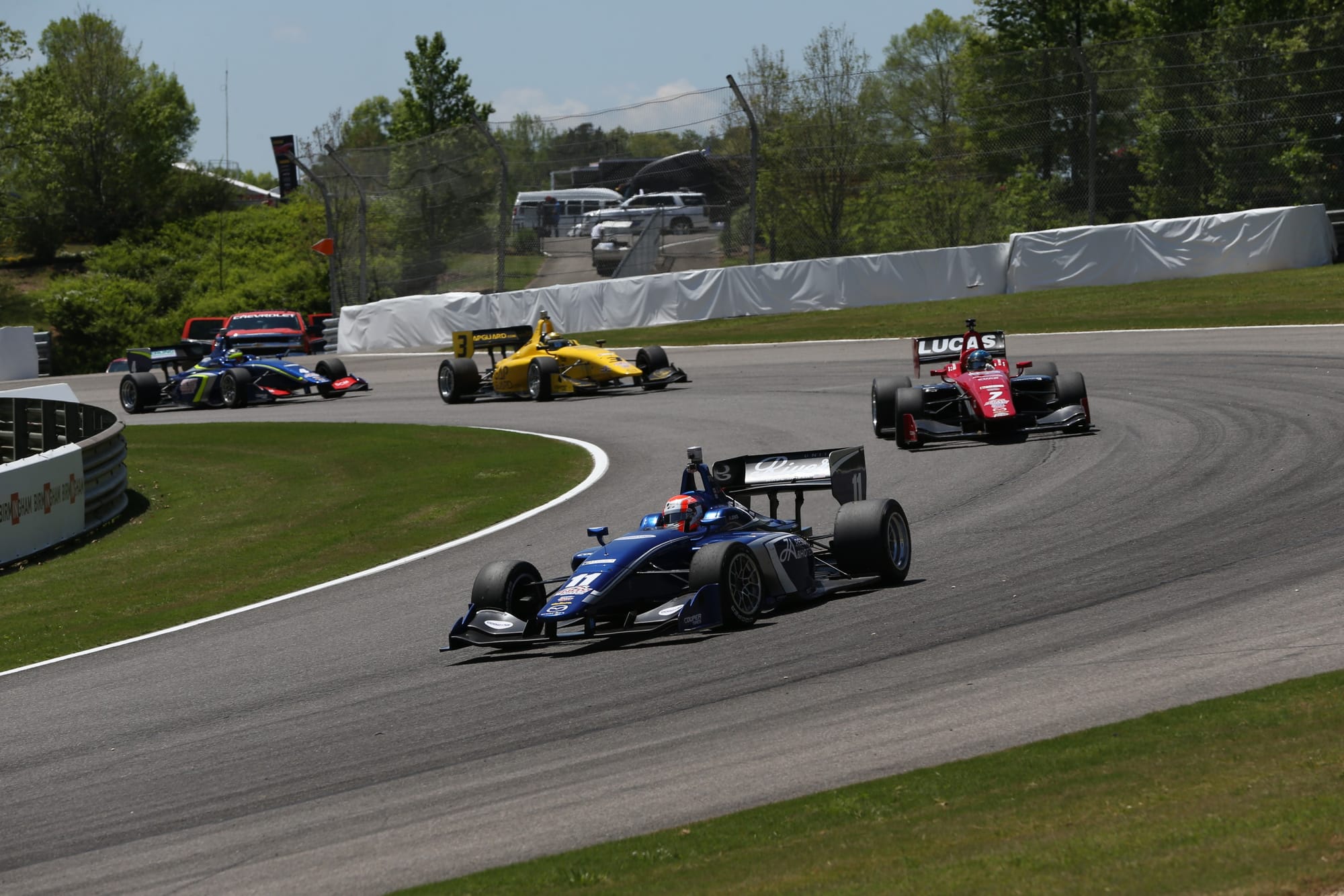
It swapped Indy Lights for a step to IndyCar in 2018 where a two-car team finished 17th with Charlie Kimball and 19th with Max Chilton - Chilton being the one constant through the team’s four-year spell.
Kimball’s 17th in the first year tied Conor Daly in 2020 for the team's best drivers’ championship finish, although Daly only did five races that season on the ovals. The team’s combined one-car effort was a net 16th in the points, well within the IndyCar Leaders’ Circle, which awards full-time entries in the top 22 almost $1 million.
Daly scored a wild pole position at Iowa in that 2020 season, the team’s first as a one-car outfit, having used a whole host of drivers (including eye-catching rookie Pato O'Ward) across three cars in the 2019 season.
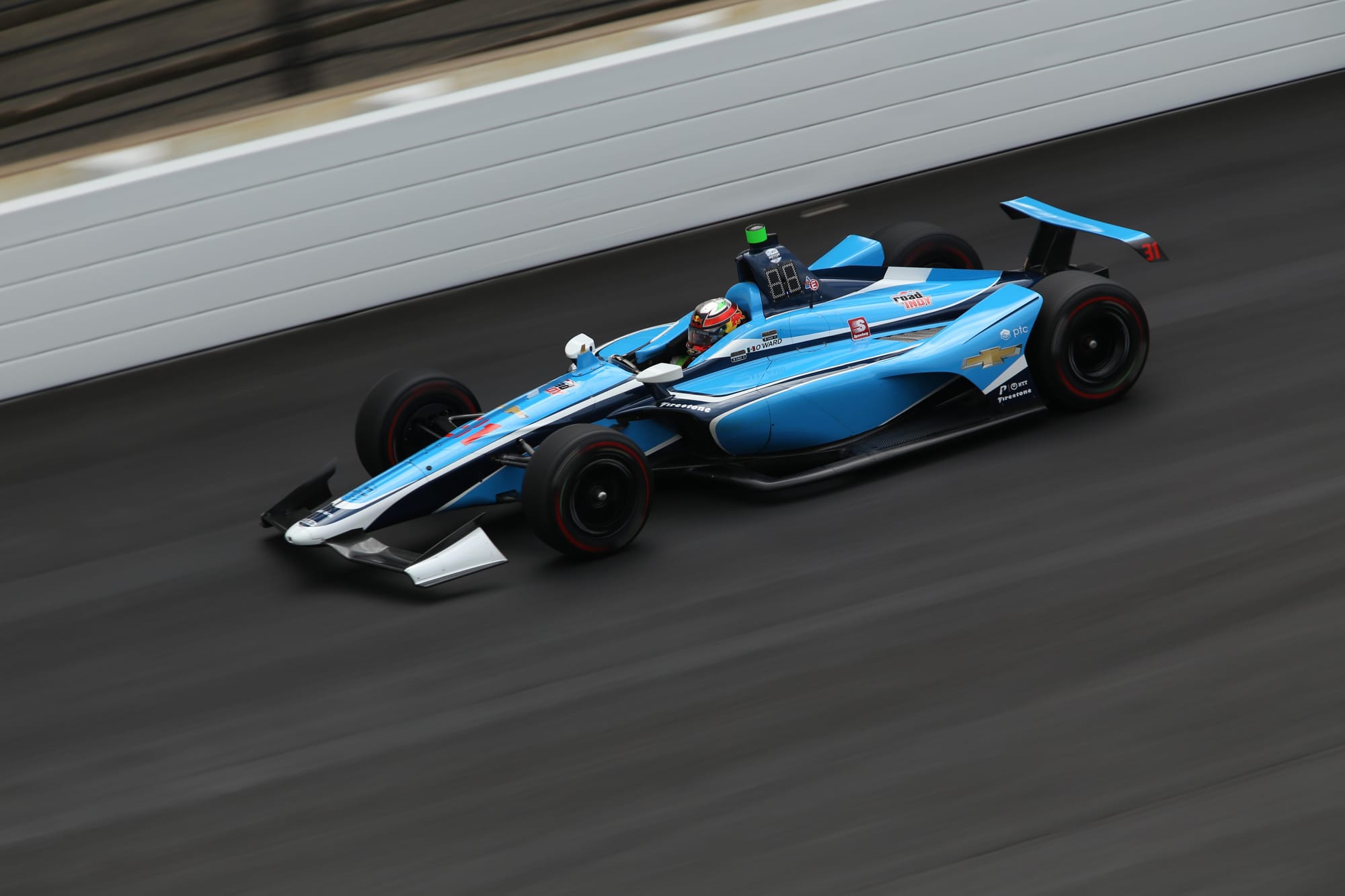
In what ended up its final IndyCar season, 2021, Carlin finished 24th in the points - having even missed the Indianapolis road course race through travel issues in the COVID era.
Obviously, these results - a fairly meagre return of just one top-five and 14 further top-10s across four seasons - were not what Carlin wanted or expected in its IndyCar career.
Fundamentally, its lack of success comes down to a wide-ranging number of factors.
IndyCar competition is fierce, and coming in as a two-car team is extremely tough because the bigger teams hoover up the available staff - of which there are too few elite personnel to go around anyway.
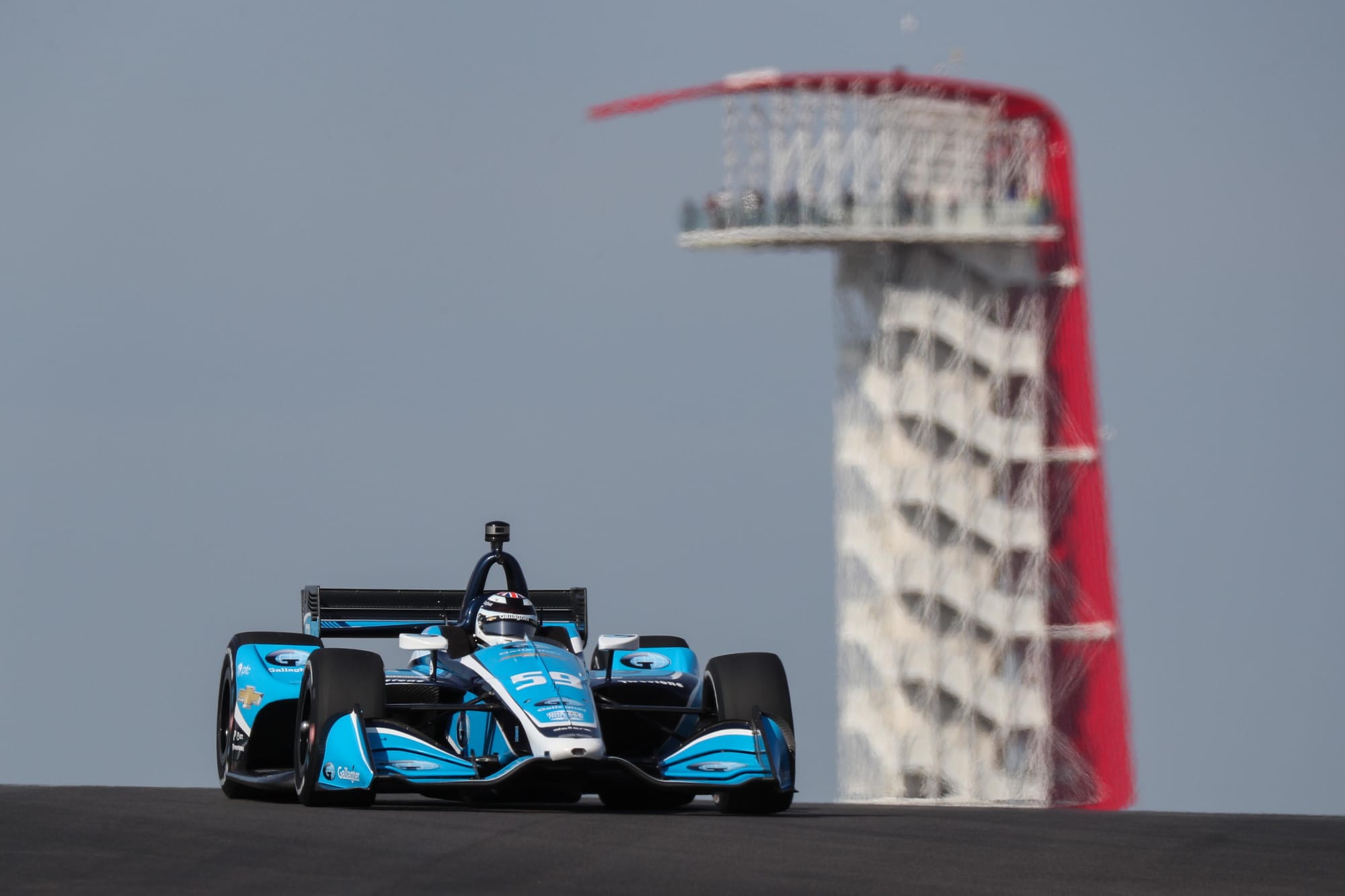
That’s how Carlin started, and then it slimmed down - which allows you to cherry-pick your best people for one car. But then you are at a disadvantage because you’re getting less data, which makes being at the sharp end really tough compared to teams with more cars and resources than you.
Carlin also had a lot of people coming over from England to work on the programme, which is fine if you give them time to gain experience and also time to gel with your core group in the States. Given how much chopping and changing there was, it would be near impossible to foster that learning and culture while trying to compete at a high level.
IndyCar's damper development war and aero testing dark arts in the background are a massive area of warfare for the top teams, and if you can't match what they are able to do, you lag behind.
Then there was the team’s decision to set up in Florida. Chilton backed this decision in 2021, saying it gave Carlin access to different people than those headhunted by the teams based in Indy.
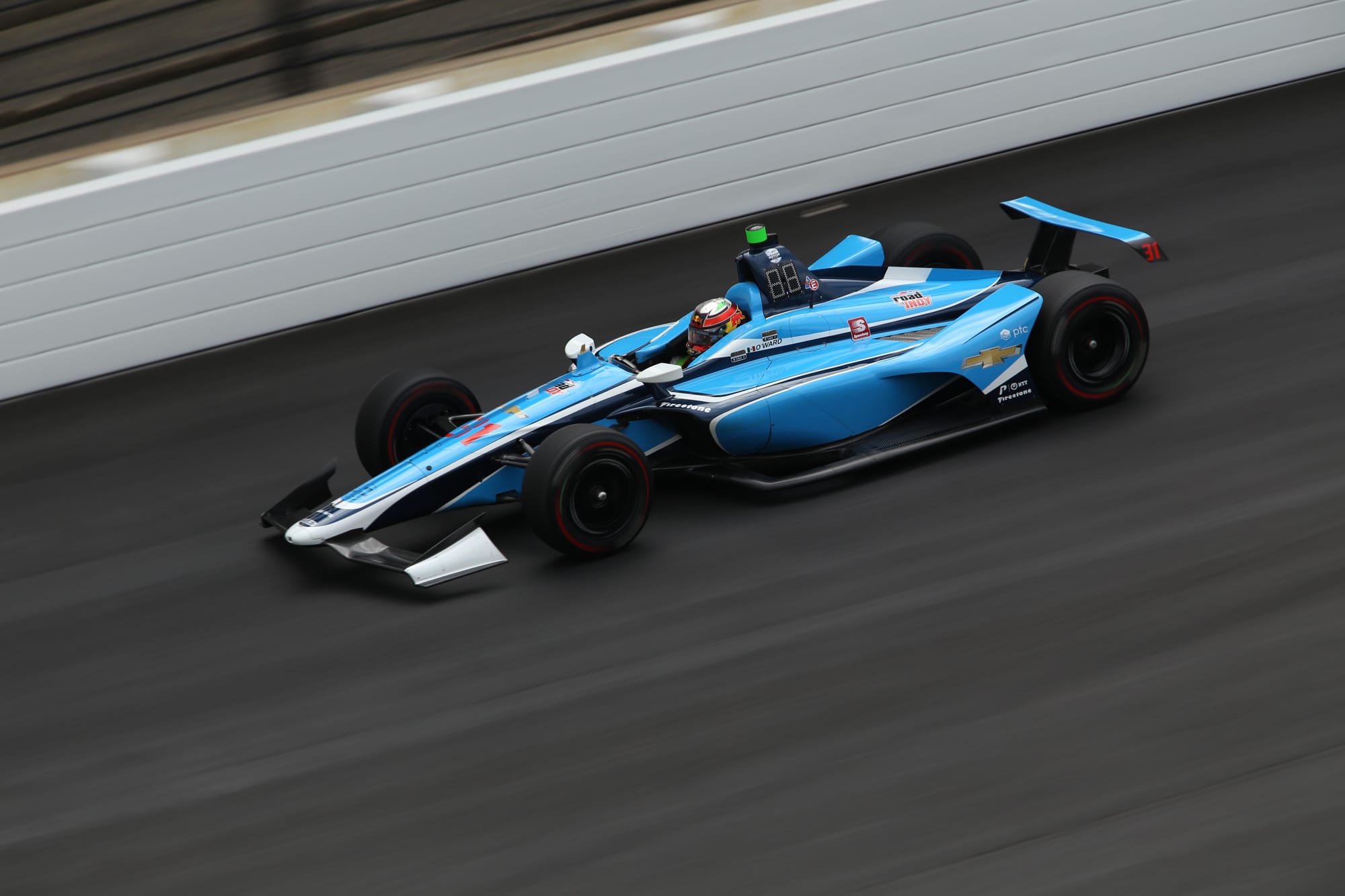
That’s true, as Florida is an attractive place to set up due mainly to the weather. A number of European-born motorsport figures tend to set up home there, like Nigel Mansell when he was in IndyCar, and more recently Sebastien Bourdais and Romain Grosjean.
But for this far-away climb, you lose access to the experienced staff who congregate in Indy.
Fundamentally, it never felt that Carlin quite had the financial backing and resources to run a competitive two-car team, and when it dropped to one car, it struggled to negate the loss of data and catch up on weekends it was behind.
This is where calling its entry a failure gets complicated because with more budget, it could have remedied some of these issues - and it did a lot with what it had.
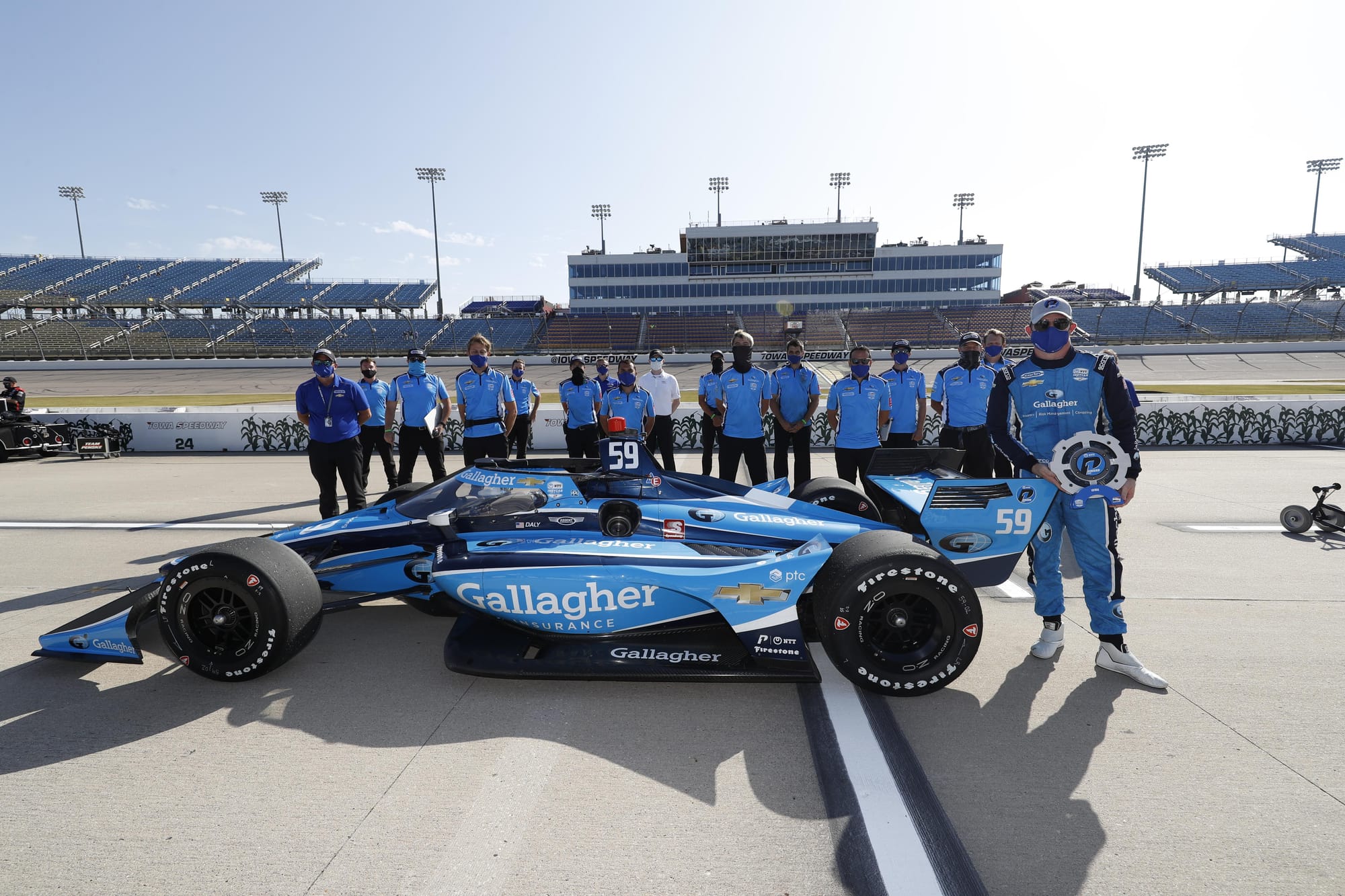
Most of Carlin’s technical data and parts were sold to Juncos, which has established itself by starting with one car with a base in Indy and then expanding to two cars the following year, almost the reverse of Carlin’s tactics.
But the car performance Juncos had led to praise for the data and equipment it had received from Carlin as a foundation.
It’s clear Carlin did some things right, some things wrong, and some things it’s easy to question in hindsight but in actual fact might have been fine if other problems had been sorted.
Carlin - now Rodin - is currently ahead of Prema in the F2 standings, with Zane Maloney winning the first two races of the year on the same weekend with the first event for the series’ new car.
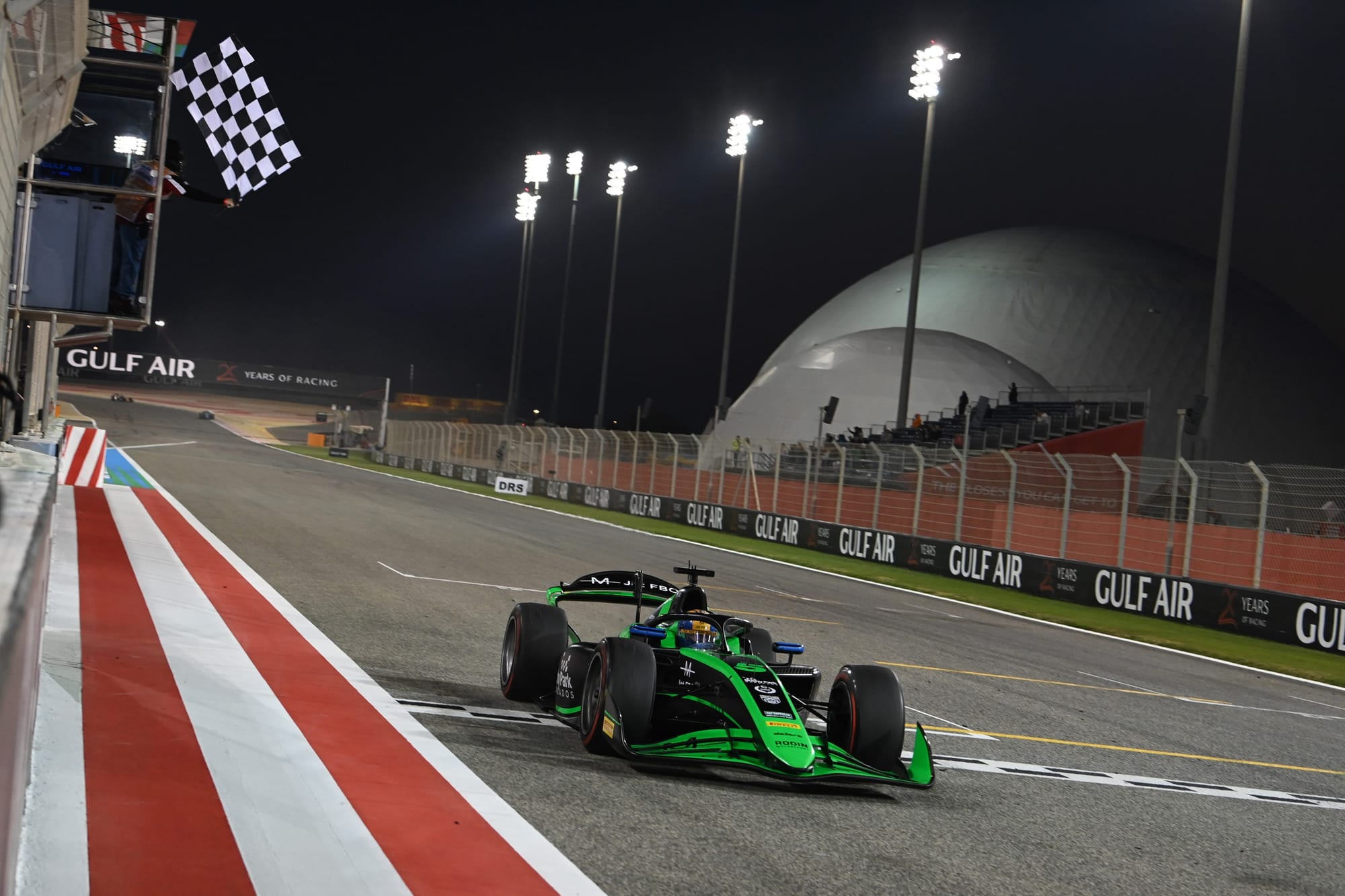
There are quite a lot of similarities between Prema and Carlin in some ways. Both were founded by people with a fanatical love for junior single-seater racing and built worldwide, multi-championship-winning powerhouses out of small rural workshops, taking on bigger and more established teams over the years.
Prema will be aware of Carlin’s move to IndyCar and some of the pitfalls that struck it.
The Race asked team principal Rene Rosin about Carlin’s struggles and how Prema would aim to avoid the pitfalls entering IndyCar throws up for a team coming from another continent.
“First of all I don’t want to draw any comparisons. Also this was some time ago now,” said Rosin.
“Our aim by coming to America is not to impose our ways but to put together the best of both worlds. We want to operate from the US and be as close to the action as possible. We want to bring Prema’s strengths to the US and we will try to pass them on to new team members but we also want to learn from them and the way things work best in the US and in particular in IndyCar.
“In the past, we have demonstrated that we can be competitive from the beginning using this exact same method, sometimes even winning the championship on debut as we achieved in GP2 in 2016 [with Pierre Gasly and Antonio Giovinazzi].
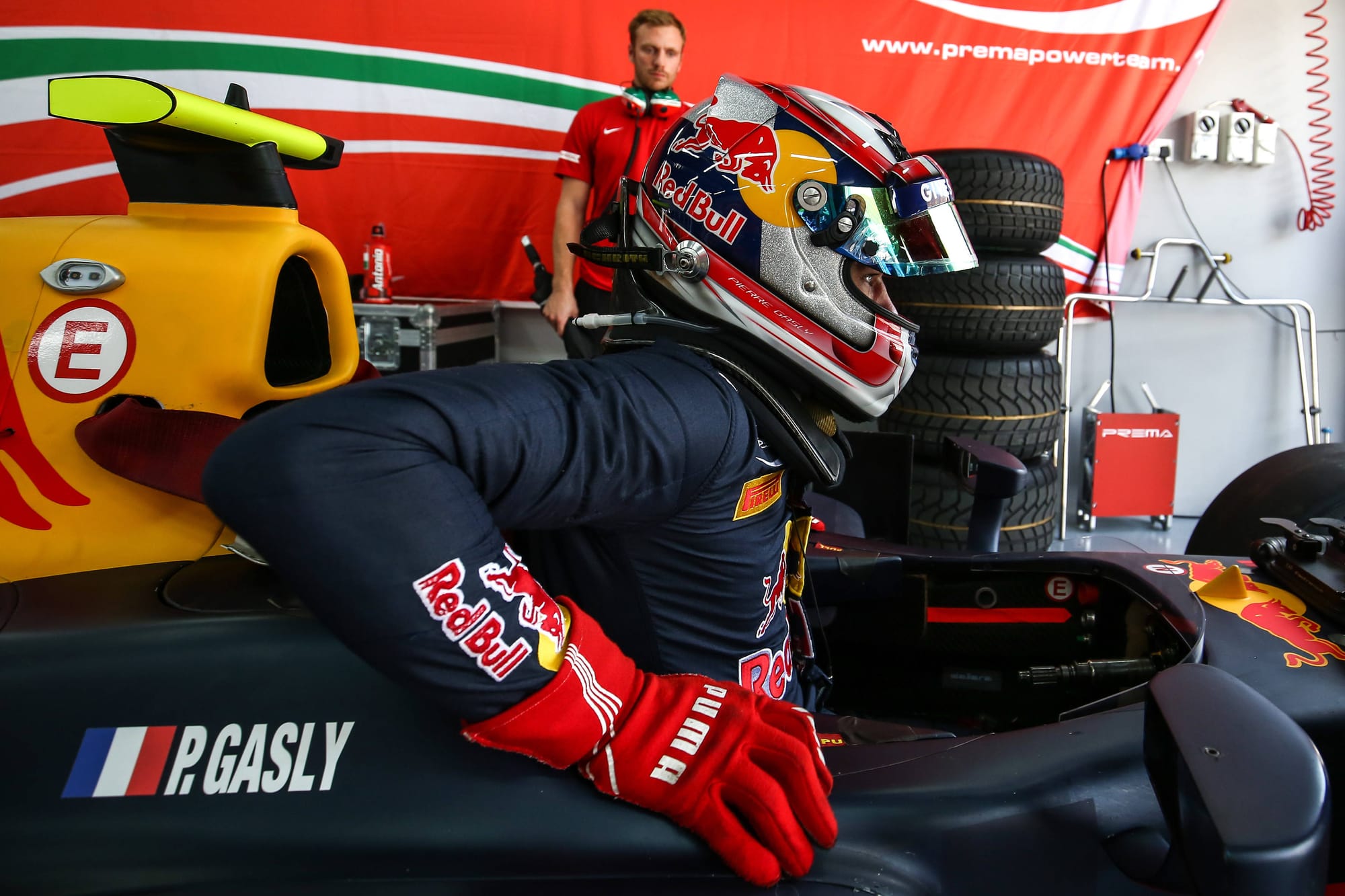
“It will be hard, also considering the fact that we are in another continent, in a high-level series and competing against settled experienced teams.
“This is a new thrilling challenge for us, we will do our best to learn and adapt as quickly as possible with the aim of achieving results as soon as possible.”
One thing Carlin looked into but never quite managed to achieve was scoring a technical partnership with another team. These range in how much is shared from some help and information to effectively loaning engineers, having drivers share debriefs, and taking parts of the car, like Meyer Shank and Andretti do.
Used wisely, these technical partnerships can shortcut a smaller team’s push towards the front of the grid against teams with more resources.
But owing to how much of a boost they can be - Shank and Helio Castroneves won the 2021 Indy 500 with Andretti’s help, beating Andretti in the process - it isn’t easy to get the big teams to agree to them, they can be very costly, and they need to be made with a team using the same engine as you, so your options aren’t all of the teams on the grid.
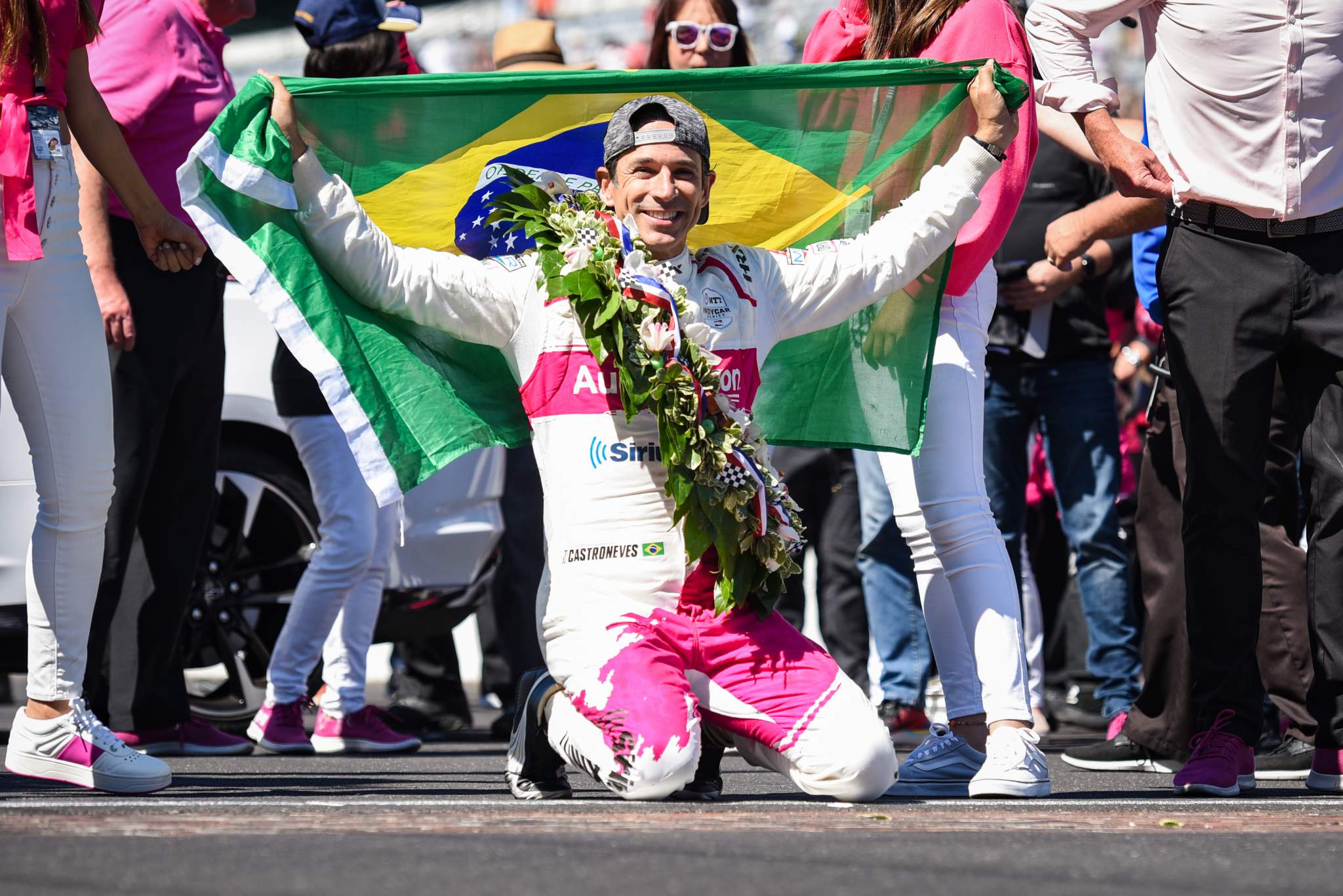
Prema - whose entry will be Chevrolet-engined - has admitted it is investigating a technical tie-up if it is “beneficial”, so that could be a story to watch as we get closer to its debut in 2025.
Fundamentally, it looks like Prema is coming in with more resources and a long runway of time to get all of its drivers, personnel and sponsors in place before it competes in the series proper.
This will likely be the biggest support in trying to avoid a Carlin-like downfall.
Prema having a base in Indiana should also help, and it has spoken at length about wanting this team to be US-based - with an “American heart” - with the goal of blending people and methods from its success in Europe with a team of mostly Indianapolis-based people shortlisted and cherry-picked for their abilities by ex-Rahal Letterman Lanigan president Piers Phillips.
Prema is already doing things differently to Carlin, and it is extremely rare it goes into any series or endeavour without already having the foundations to be immediately successful, not just successful in the long term.
Of course, the level of competition and having to fight a number of other top teams for the best staff will be tough before a car even gets on track, and we haven’t mentioned Prema’s lack of oval knowledge.
But fundamentally Prema is a different team and it has set itself up to succeed with the right moves on paper so far.
It hasn't failed in any of its other recent expansions into the likes of prototype sportscar racing and karting, and it won't be expecting to get things wrong now, either.


